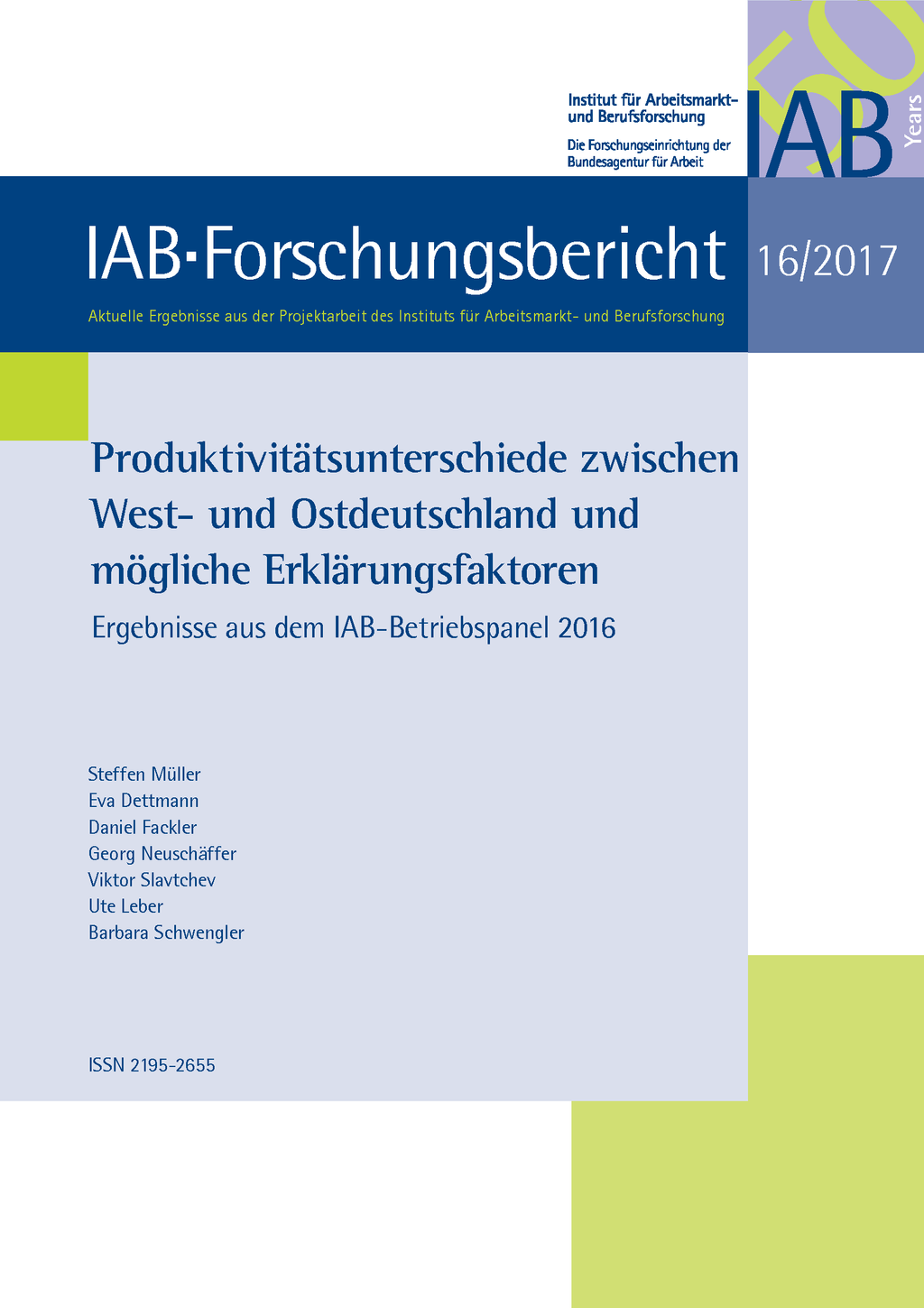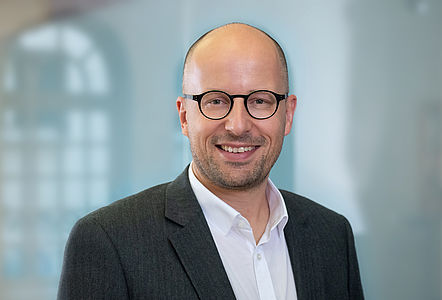
Produktivitätsunterschiede zwischen West- und Ostdeutschland und mögliche Erklärungsfaktoren. Ergebnisse aus dem IAB-Betriebspanel 2016
After several years of prosperity, the economic situation of German establishments improved further in 2016. Though the productivity in East German establishments converged slightly to the West German level, a significant productivity gap between both parts of Germany still remains. Differences in the economic structure can only explain a small part of this persistent gap: a Blinder-Oaxaca decomposition suggests that the different sector composition, lower exports and lower capital intensity of East German establishments explain only about one-fifth of the backlog. The observed positive economic development is associated with a further increase in firm profitability and total employment in the establishments in both parts of Germany. It is reflected also in a further increase in the demand for skilled personnel. Even though the majority of the demand could be met in 2016, one-third of all offered jobs remained vacant. As in the past, especially establishments in construction and business services as well as very small establishments, particularly in East Germany, faced considerable recruitment problems. The occupational skill requirements increased slightly over time. The proportion of jobs for skilled workers is on average higher in East German establishments than in West Germany, suggesting a higher formal qualification level of employees in East Germany. Looking at the personnel structure, a significant increase in the share of atypical employment, particularly part-time jobs and marginal employment, over the last years become visible. The participation of establishments in vocational training remains relatively stable: about half of the enterprises that are authorized to provide vocational training do actually train apprentices. However, the corresponding fraction in East Germany is significantly lower since the economic crisis. In contrast, the share of vacant apprenticeship positions there is much higher than in West German establishments, pointing to major problems in finding suitable applicants. The share of employees participating in further training is about one third for several years. As in the past workers in low-skilled occupations participate only about half as often in training as employees in qualified jobs.





